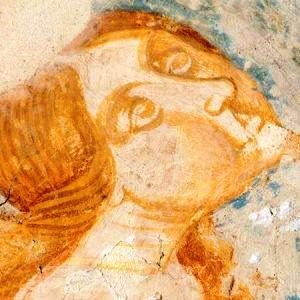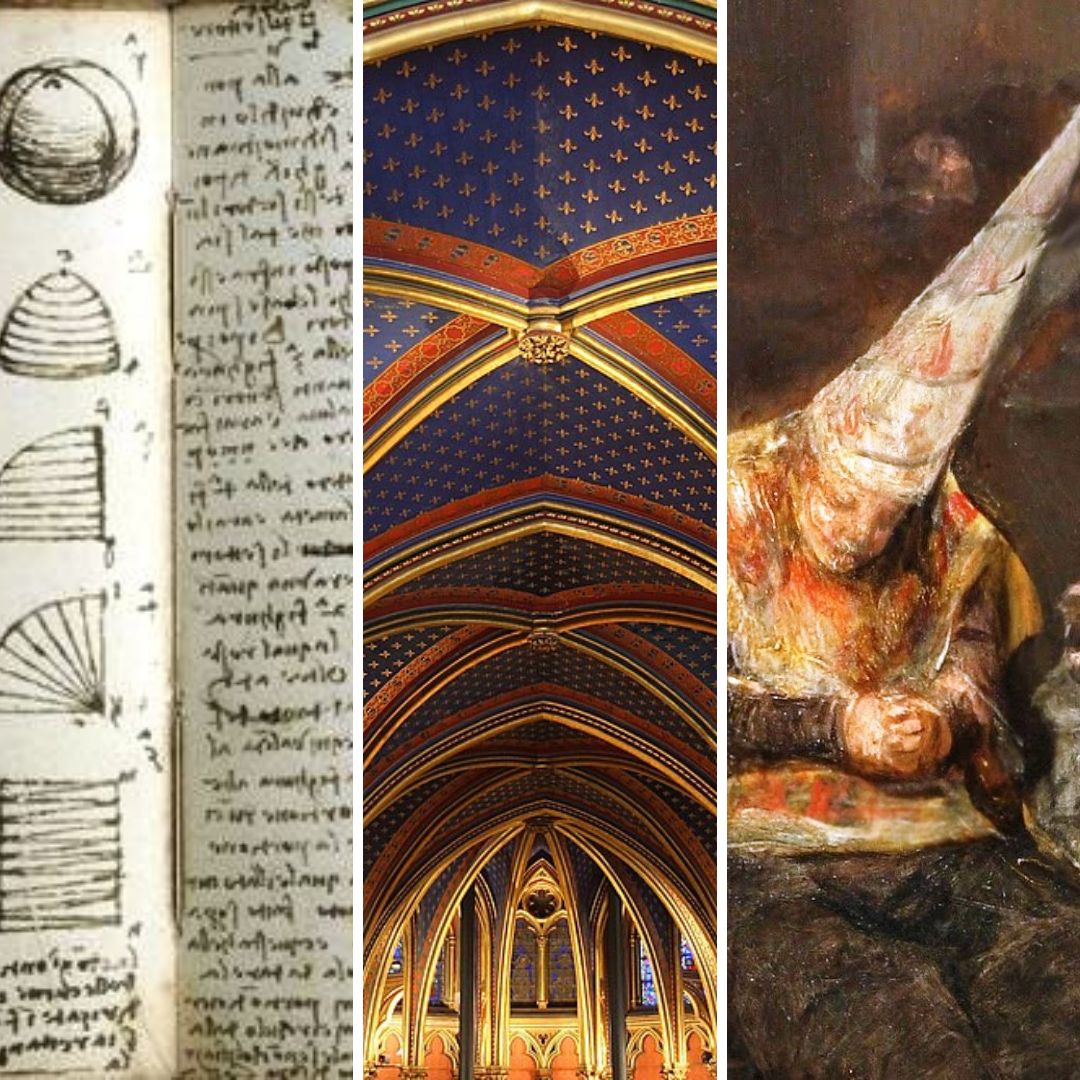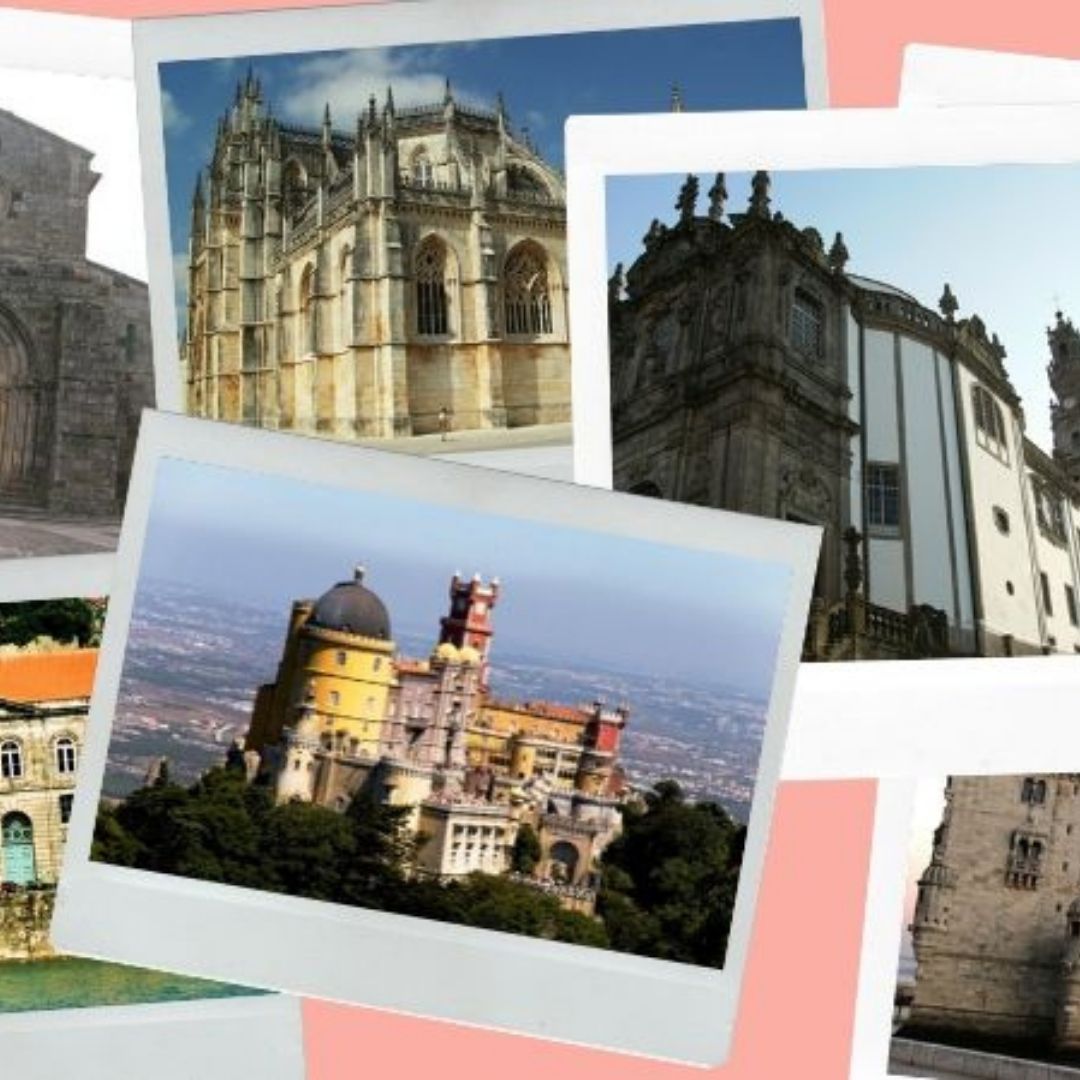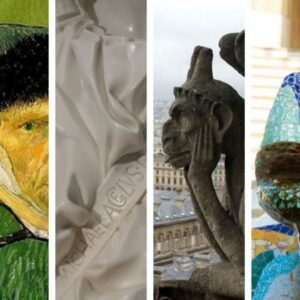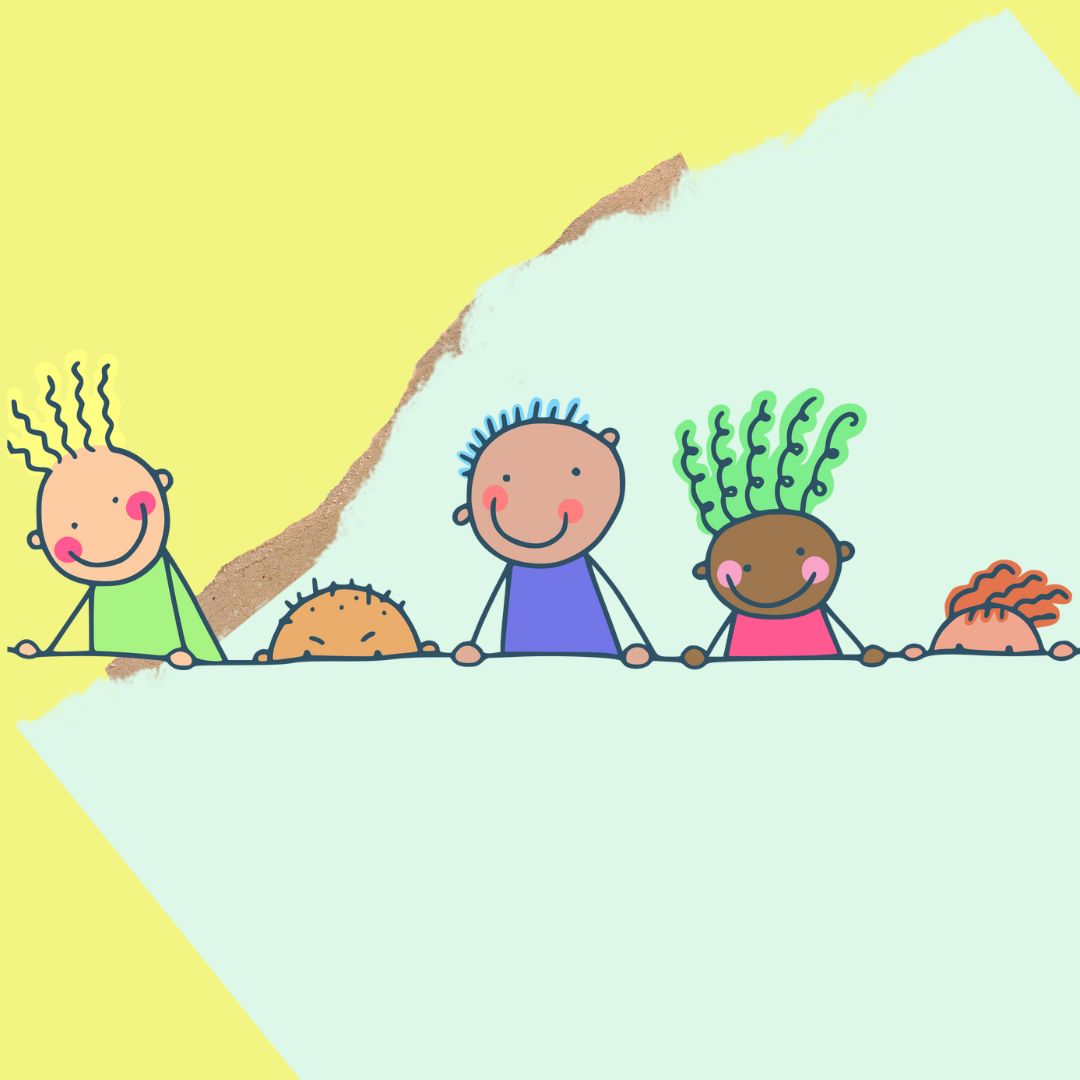Education for the Heritage
Mural Painting on “Rota do Românico” (Route of the Romanesque)
Educational Activities
When we talk about education there are no unique formulas or preconceived ideas.
But one thing is certain. Children and young people are open to new experiences.
And they are the ones who will safeguard our Heritage (their Heritage) in the future.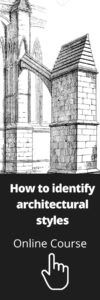
The project Education for the Heritage | The Mural Painting on Rota do Românico – Educational Activities was a way to sensitize and awake the younger audience for Heritage, in general, and to the Rota do Românico in particular.
It was based on artistic expression aimed at children of primary school.
The major goal was to increase public awareness to the Historical and Artistic Heritage and for the development of children’s artistic and manual abilities.
And it was based on a lesser-known aspect of Romanesque architecture. The Mural painting.
This educational project was developed in various stages/actions:
1 – Research and investigation
- About the characteristics of Mural Painting of the monuments of Rota do Românico, on its historical, artistic, iconographic and formal aspects.
This research was carried out in situ in the various monuments with photographic collection and study of patterns, colors and themes.
It should be noted that, in many cases, part of the original painting has disappeared, remaining only a few details.

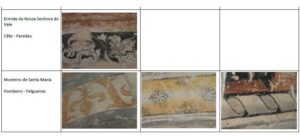
2 – Adapting the project to our audience
- Based on this research work and, together with major programmatic objectives of primary school, the educational contents were developed tailored to these children.
Once the Education for Heritage project was developed in schools, a study of the objectives and pedagogical plans was carried out.
3 – Create the project identification
- It was created a mascot project that allowed identification by children in a fun way, of the project they are involved in.
Since most of the monuments involved are churches and monasteries, the mascot created was a amusing monk.
4 – Teaching Materials
- Adequate teaching materials:
A handbook “A Pintura Mural na Rota do Românico”, which uses appealing images and texts, explaining what is Rota do Românico, its monuments and the execution techniques of Mural Painting Fresco.
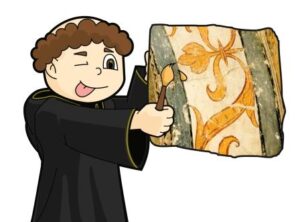
A video in which children are led by “their” mascot to understand the mural painting over time and particulary at present in the monuments of Rota do Românico.
5 – Diversified educational activities
-
- Diversified educational activities, fittings and materials that allowed the children in a playful way, to know and identify the historical and artistic heritage existing in their community and develop their artistic and manuals skills:
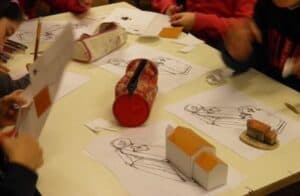
Experimentation activities in conjuction with the contents and objectives of the 1st cycle of basic education and learning execution techniques of mural painting and the physical and chemical processes inherent.
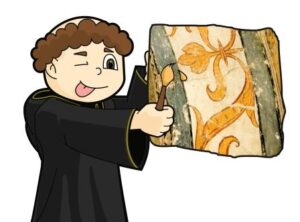
6 – Individualized artistic activities in which children created “It’s own affrescho painting”
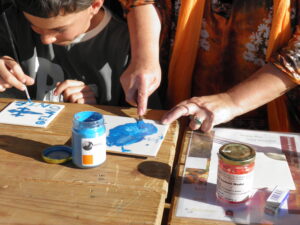
Educational Activities
When it comes to educational activities, there are no recipes!
Each case is a case, each context is different …
But there is one certainty: children are easily captivated by new challenges and new experiences and they will undoubtedly be the ones to safeguard our Cultural Heritage for the future.
Hence, awareness activities are of great importance in museology and cultural communication.
The systematization of methodologies for the development of educational projects for the saveguard of Cultural Heritage is of great importance.
Whether we are talking about large projects with large budgets and means, or whether we are talking about small projects.
Planning, implementation, control and evaluation are fundamental for success.
Looking at our audiences
The success of an educational project depends greatly on how well we define our target audiences.
From the very beginning we have to find strategies to engage our primary audiences – in this case children.
But without ever forgetting the secondary audiences – in this case teachers, families, and entities that can contribute to the project.
After all, we can’t build a successful project alone.
You might be interested in the certified online courses

Fátima Muralha
Graduated in History – Art History from the Universidade Nova of Lisbon. Post-Graduate in Management and Promotion of Heritage by the UAL. Specialised in Management of Cultural Projects. Various training courses and a specialisation course regarding Promoting Heritage, Conservation & Restoration, Museum studies and Vocational Training. Coordinator in multiple projects linked to Historical and Artistic Heritage, educational and vocational training projects in various entities. Author of several publications and communications. Creator and coordinator of the development of virtual content of the project: History | Art | Culture.

